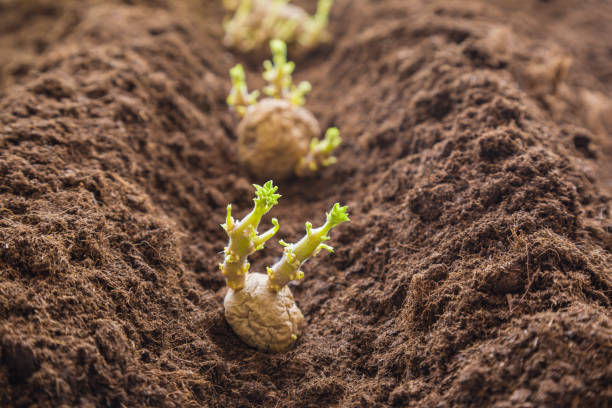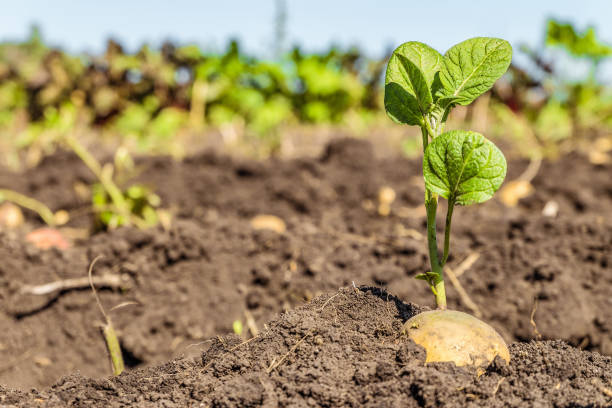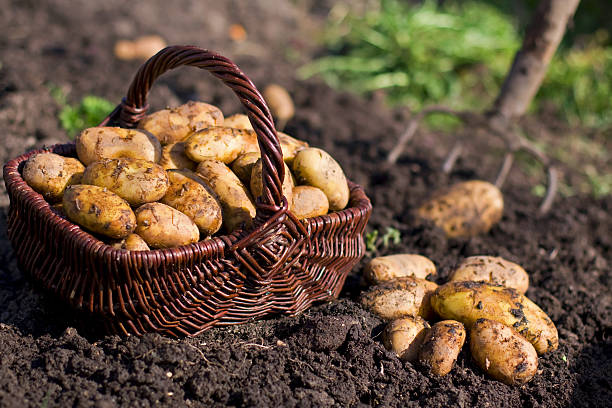Potatoes are generous plants. They are easy to grow and produce abundant harvests. Give them the necessary nutrients they need and you may be well on your way to harvesting your homegrown potatoes.
When to plant your potatoes
Potatoes require cool weather, not too cold not too hot to survive and produce. They are generally planted in early spring when the soil temperature is still cool. In addition to cool weather, potatoes require at least 6 hours of sun, very well-drained soil, regular water and moderate fertiliser.
Once the seed potatoes are planted and start growing, they will soon start to sprout quickly into lush, leafy, multiple-stem plants. That’s when you know you are on the right track. Since they prefer well-draining soil, be sure your soil is not too wet.

Image Credit: Pexels
How to plant your potatoes
There are different approaches to planting potatoes. Potatoes are typically grown from pieces of the potato which are called seed pieces. If you growing from seed pieces, cut your potato so that each piece has at least one seed piece sprout.
If you plant in the soil:
- Dig a hole about 6 inches deep
- Set the seeds in the ground and space one another.
- Cover the potatoes with adequate soil
- Water the potatoes well
The potatoes will start showing themselves above ground after about 2 weeks. In the beginning stages of development, your potatoes will require more water. However, if the foliage starts to yellow and die, reduce the watering frequency to avoid rotting.

Credit Image: Pexels
Potatoes are an easy crop that can be grown all year round, so anyone can grow potatoes in their garden. The difficulty with potatoes is finding disease-free seed potatoes. These generally have to be ordered in garden shops.
Harvesting is the most exciting part of growing potatoes, so enjoy your homegrown potatoes.
ALSO SEE:
Feature Image: Pexels


